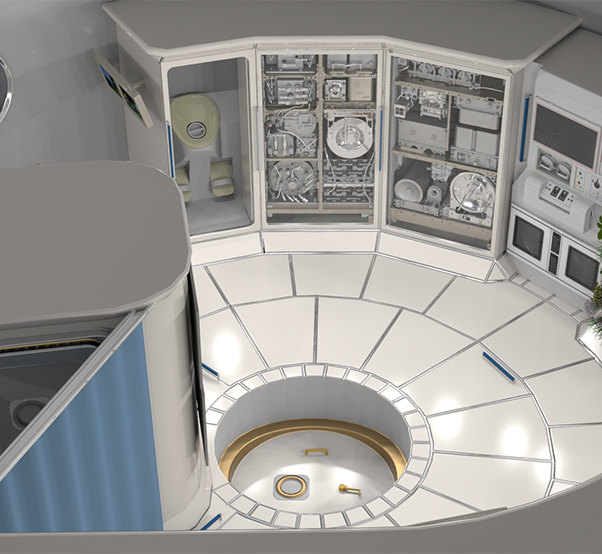-
Tips for becoming a good boxer - November 6, 2020
-
7 expert tips for making your hens night a memorable one - November 6, 2020
-
5 reasons to host your Christmas party on a cruise boat - November 6, 2020
-
What to do when you’re charged with a crime - November 6, 2020
-
Should you get one or multiple dogs? Here’s all you need to know - November 3, 2020
-
A Guide: How to Build Your Very Own Magic Mirror - February 14, 2019
-
Our Top Inspirational Baseball Stars - November 24, 2018
-
Five Tech Tools That Will Help You Turn Your Blog into a Business - November 24, 2018
-
How to Indulge on Vacation without Expanding Your Waist - November 9, 2018
-
5 Strategies for Businesses to Appeal to Today’s Increasingly Mobile-Crazed Customers - November 9, 2018
NASA selects six companies to develop prototypes, concepts for deep space habitats
The objective of the awards is to not only develop hardware for deep space missions, but also to encourage the commercial exploitation of low-Earth orbit.
Advertisement
The six partners will have up to approximately 24 months to develop ground prototypes and/or conduct concept studies for deep space habitats. Those projects included areas such as advanced propulsion, needed to move exploration into deeper space; habitation, needed to keep teams alive for weeks to months at a time while they explore deep space; and small satellites, which help collect data and further human knowledge of deep space.
Officials from the space agency have proposed that a manned mission to Mars could take place by the 2030s, so it is high time that it came up with deep space habitats in which astronauts could live.
In order for deep space habitats to be effective for human habitation, NASA lists several requirements, including: a pressurized container; a docking capability; environmental control; life support systems; crew health capabilities; fire safety technologies; logistics management; and radiation mitigation and monitoring. These include a number of familiar names from the United States aerospace industry: Boeing, Lockheed Martin, Orbital ATK, Sierra Nevada Corporation’s Space Systems, Bigelow Aerospace, and Nanoracks. The ground prototypes will be used for three primary purposes: supporting integrated systems testing, human factors and operations testing, and to help define overall system functionality.
NextSTEP is managed by the Advanced Exploration Systems Division (AES) in NASA’s Human Exploration and Operations Mission Directorate that is building prototypes to send humans outside our planet. But with the public-private partnership the United States agency is sure that it will bring focus and specifics on the deep space habitats where human live to work independently for months or year.
In addition to collaboration with some of the biggest companies of US, NASA is also in discussion with global partners to develop operational deep space habitation capability in the area of space near the moon.
NASA made the first NextSTEP selections in 2015, which include deep space habitation concept studies that also advance low-Earth orbit commercial capabilities. The activities of these awards will inform the acquisition and deployment approach for the next phase of flight systems for deep space including important aspects, such as standards and interfaces, module configurations, and options for deployment.
The collaboration between NASA and private companies is part of the space agency’s Next Space Technologies for Exploration Partnerships (NextSTEP) set up to advance human space flight missions.
Advertisement
The Habitation Systems are one of NASA ambitious project as it looks for expansion of human spaceflight.




























